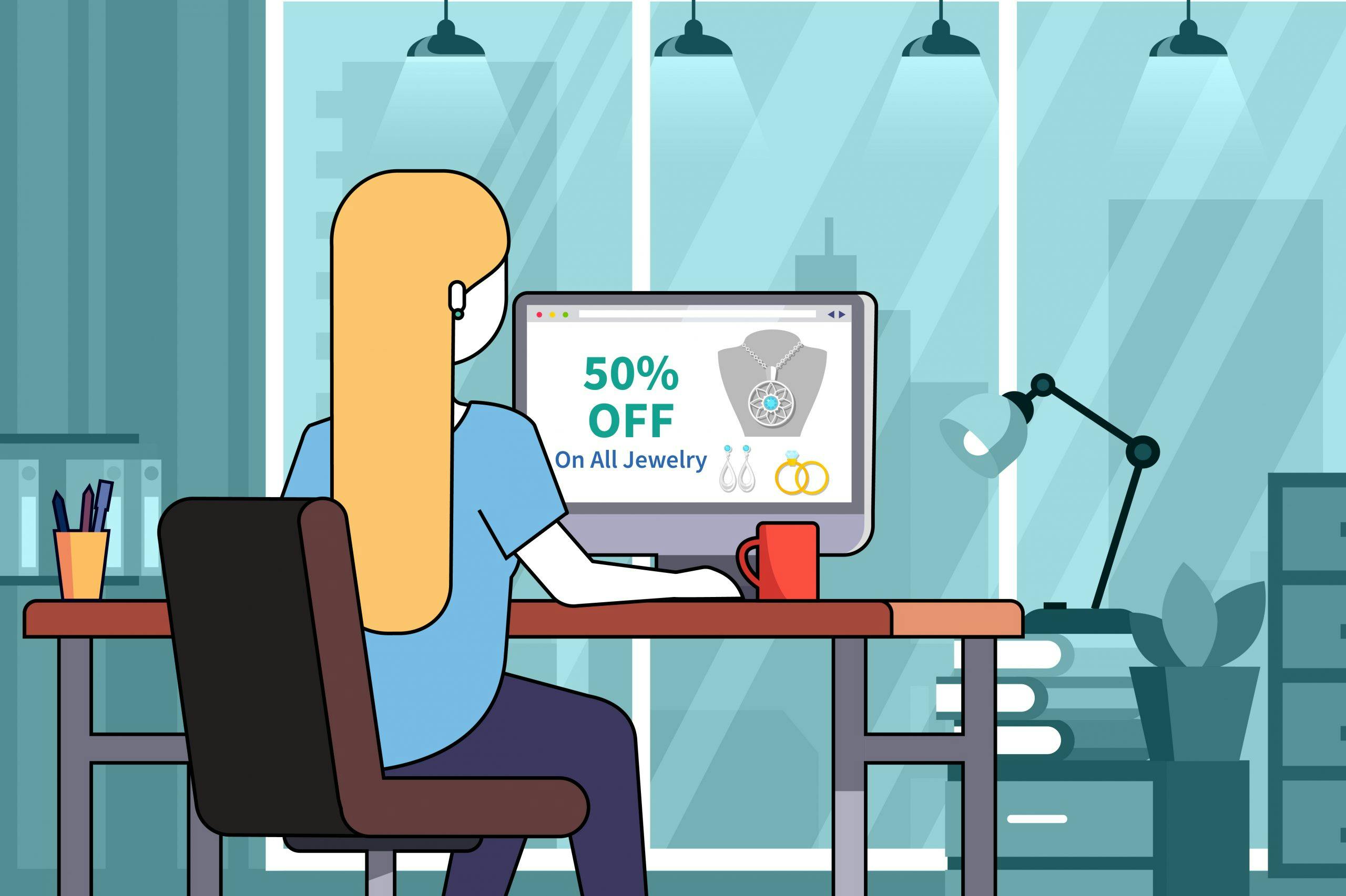We’ve reached the time of year when you can’t turn around without stumbling across a promotion for just about…anything. The holidays are the epitome of promotional frenzy, as retailers are eager to get consumers to shop their stores (or, more often in 2020, their websites), and suppliers are just as eager for consumers to purchase their products (preferably many of their products).
And because the world could use a little extra holiday cheer—and maybe a side of a little retail therapy—product promotions are kicking off earlier this year. Amazon, for example, hosted its Prime Day in October, leading the promotion charge, and netting an estimate of about $10.4 billion in sales in the process, with small and midsize companies claiming about $3.5 billion of that share. Not to be outdone, retail giant Walmart launched its Big Save Event at the same time, and like Amazon, offered countless deals and promotions on just about everything.
And as I type, the list of retailers engaging in pre-Black Friday events seems to grow by the day: Target, Sam’s Club, BJ’s Wholesale, Bed Bath & Beyond, and many more. And when retailers launch their promotions—at any time of year—they’re not the only ones who benefit. Suppliers, too, can reap promotional rewards, from increased exposure to increased sales.
The thing about promotions is that you can’t just snap your fingers and make them happen. They have to be carefully planned—or they can easily and quickly go off the rails. There are a lot of moving parts involved in any given promotion, and how they work separately and together is critical to a promotion’s success.
So, with that in mind, put on your Santa hat and check out these three critical factors to consider when planning your promotion.
1. Understand why you’re running a promotion
Whether you’re promoting your product or your store, you need to understand the why. There’s the one-side-of-the-coin why, which is that running a promotion benefits your customers, which in turn creates customer loyalty, which turns into sustained success for your brand, and overall success for your business.
There’s also the other-side-of-the-coin why, which can stem from both external factors (eg, your competition is running a promotion, and you need to keep pace) and internal factors (eg, you launched new product, you’re trying to attract new customers)
No matter which side of the coin you’re on, understand the driving force behind the promotion. There needs to be intention as the promotional strategy’s foundation or your promotion—and your consumers—will suffer.
2. Have your inventory ready
The number of ways you can promote your brand are as numerous as the number of products available for sale. Free samples, coupon codes, BOGO, flash sales—you name it, you can bet it’s been used as a promotion. But none of these promotions will do you a bit of good if you don’t have your inventory ready for the (hopeful) onslaught of sales you’re about to experience.
The entire point of a promotion is to draw in consumers, right? So what will consumers think if, once they’re on your site or in your store, the product is nowhere to be found? You might be thinking, “If my product is out of stock, my customers will want it even more, because they’ll see it’s so popular!”
Maybe.
But unless your product is the 2020 version of Tickle Me Elmo, Playstation, or one of the other numerous products that have brought people to blows over the years, a customer who sees the product you’ve been promoting is out of stock soon after a promotion starts, is simply going to be disappointed. And that disappointment can shake the foundation of loyalty you’ve been developing with that customer, which ultimately can influence future purchasing decisions. At best, the customer waits for the product to come back in stock. At worst, they switch brands or retailers when they encounter a lack of inventory.
3. Learn from and adapt what worked in previous promotions
Chances are this isn’t your first promotion. And that’s a good thing for so many reasons, namely because you have a history you can look back on and repeat—or avoid. Before you strategize and launch your next promotion, look at what you’ve done before, and really evaluate what worked and what didn’t. And then, take that information and put it up against where consumers are now.
What does that mean?
It means that as we approach the holiday season, what may have worked in 2019 may not work in 2020. During last year’s holiday season, we weren’t experiencing a global pandemic. And while e-commerce and online shopping were steadily increasing, they’ve absolutely skyrocketed over the past ten months. Consumer shopping behaviors and priorities have shifted, and your promotion should reflect that. Promotions aren’t a rinse-and-repeat process, and this year more than ever calls for some revision to plans you may have used in the past.
These are just a few—but mighty—things retailers and suppliers need to consider when planning a promotion. When executed successfully, promotions can be a boon to business and a high point for both increasing product sales and increasing consumer engagement.


